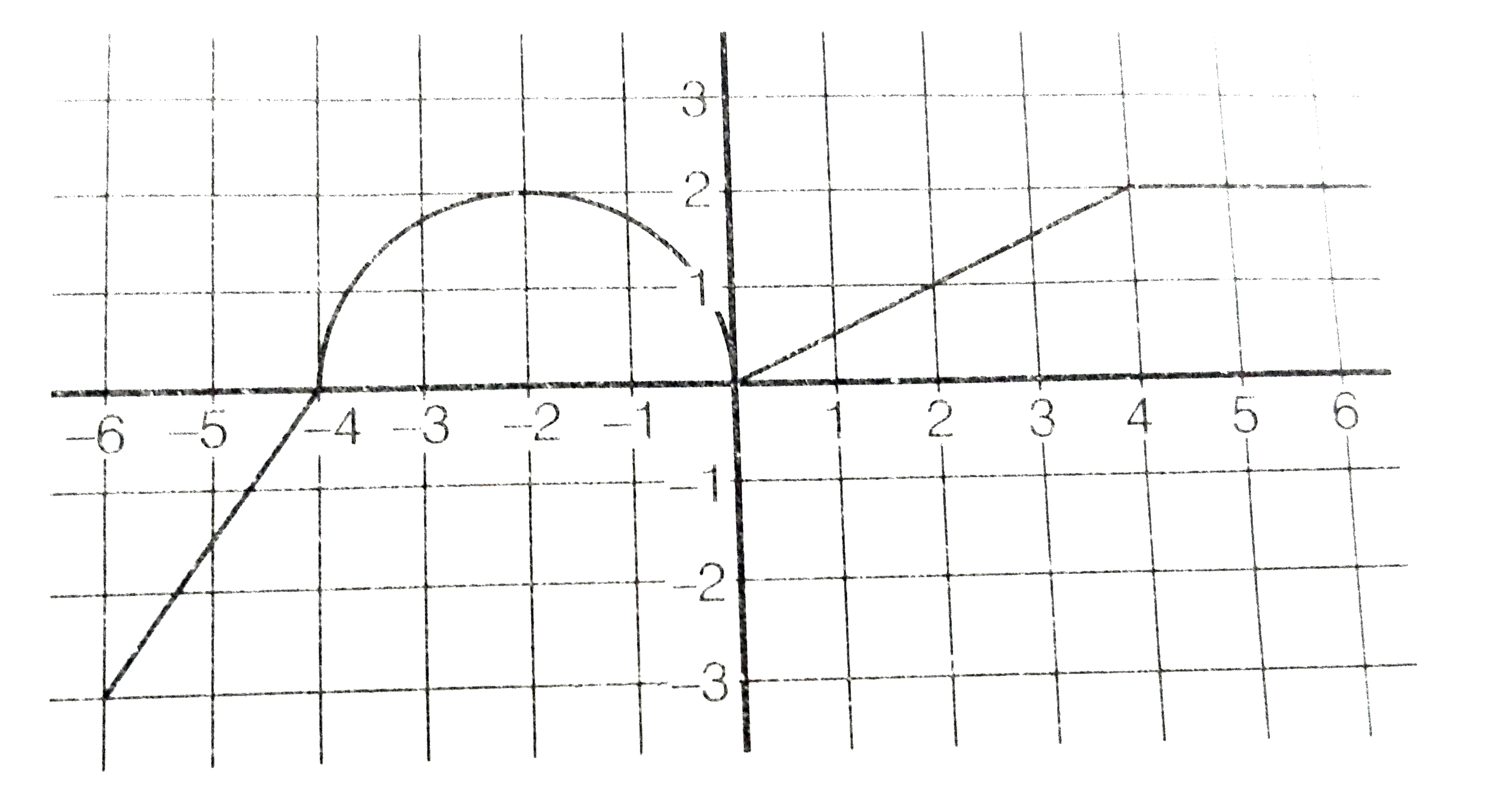The graphs given below depict the dependence of two reactive impedences X1 and X2 on the frequency of the alternating e.m.f. applied individually to them. We can then say that
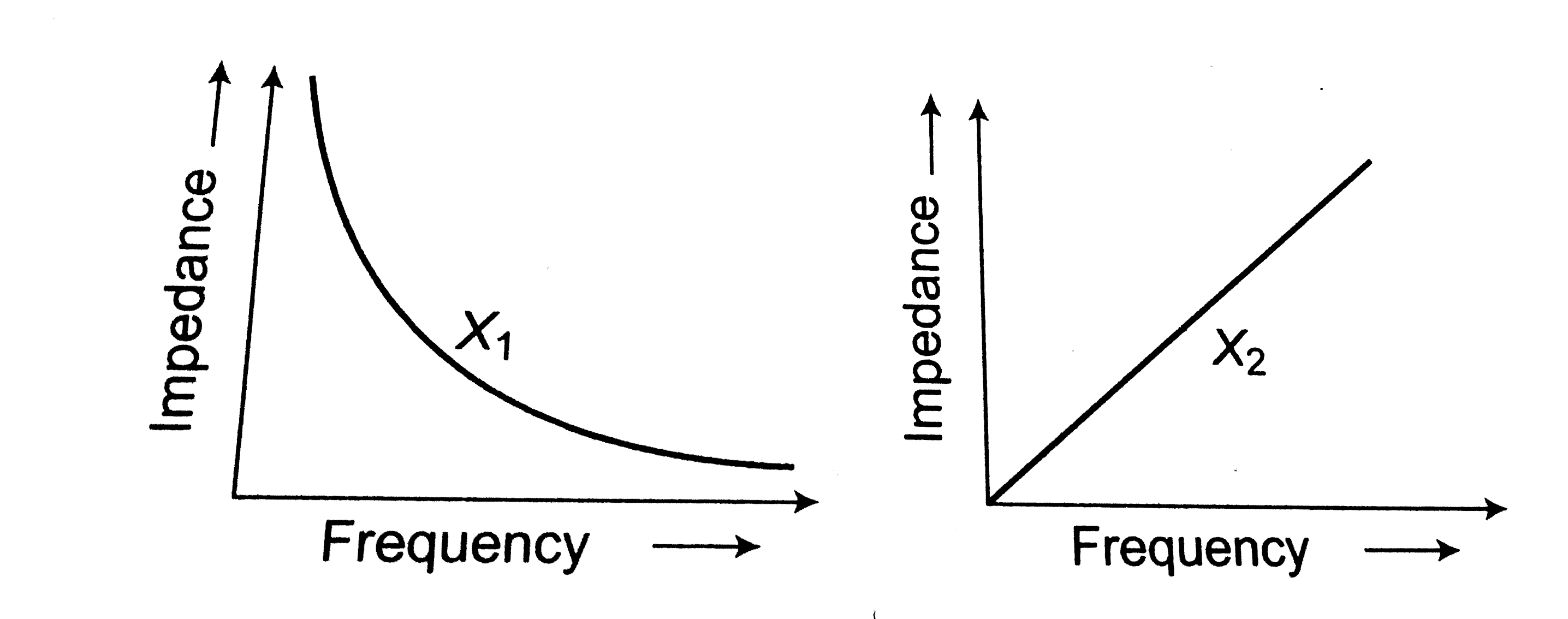
X1 is an inductor and X2 is a capacitor
X1 is an resistor and X2 is a capacitor
X1 is an capacitor and X2 is a inductor
X1 is an inductor and X2 is a resistor
The correct Answer is:C
Step by step video & image solution for The graphs given below depict the dependence of two reactive impedences X_(1) and X_(2) on the frequency of the alternating e.m.f. applied individually to them. We can then say that by Physics experts to help you in doubts & scoring excellent marks in Class 12 exams.
Updated on:21/07/2023Topper's Solved these Questions
- ALTERNATING CURRENTBOOK - CENGAGE PHYSICS ENGLISHCHAPTER - ALTERNATING CURRENTEXERCISE - Comphension Based
8 Videos
- ALTERNATING CURRENTBOOK - CENGAGE PHYSICS ENGLISHCHAPTER - ALTERNATING CURRENTEXERCISE - Single Correct
10 Videos
- ALTERNATING CURRENTBOOK - CENGAGE PHYSICS ENGLISHCHAPTER - ALTERNATING CURRENTEXERCISE - Archives Integer
1 Videos
- ATOMIC PHYSICSBOOK - CENGAGE PHYSICS ENGLISHCHAPTER - ATOMIC PHYSICSEXERCISE - ddp.4.3
15 Videos
Similar Questions
Knowledge Check
The graph of y=f(x) is shown below.
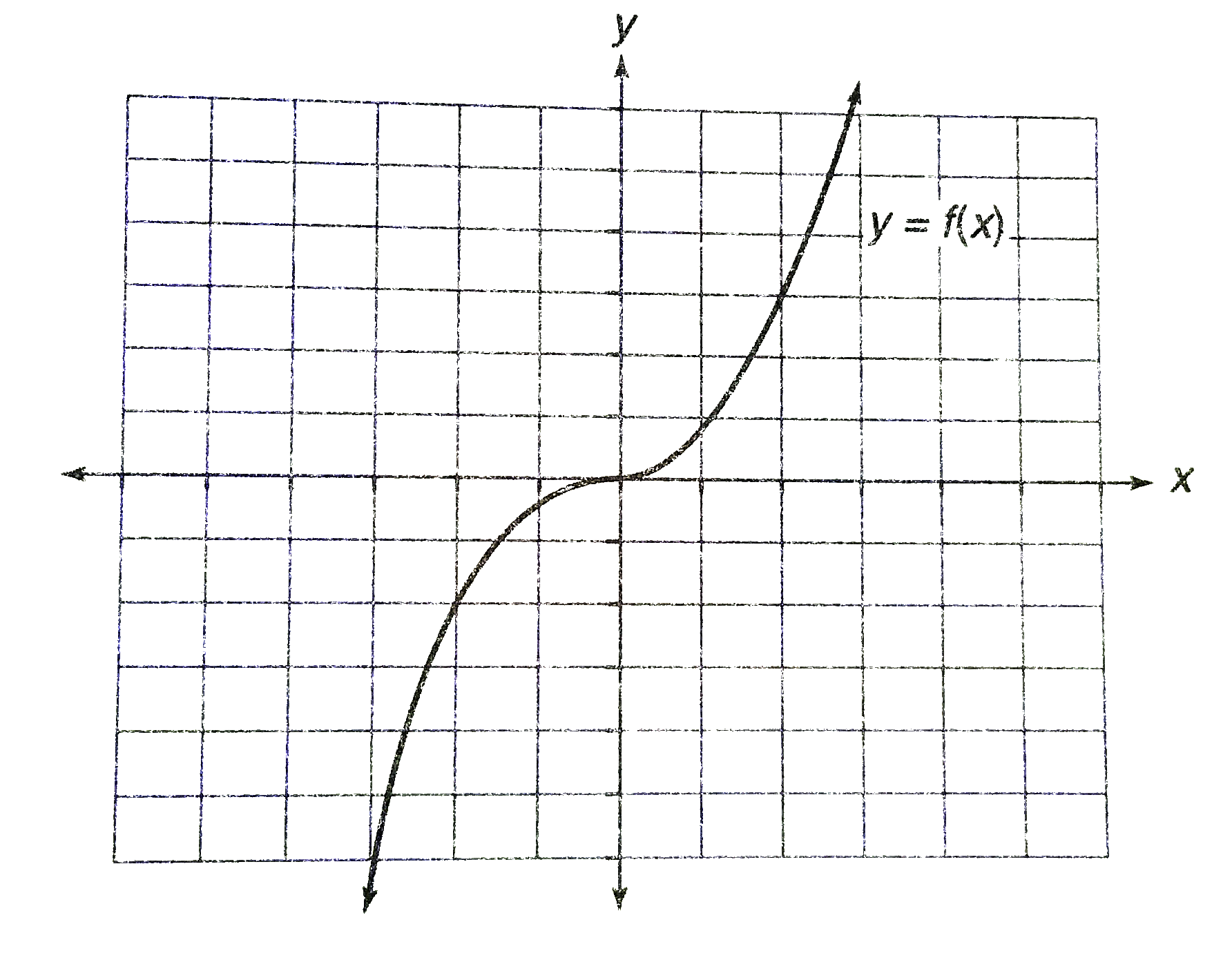
Which of the following could represents the graph of y=f(x−2)+1?A B
B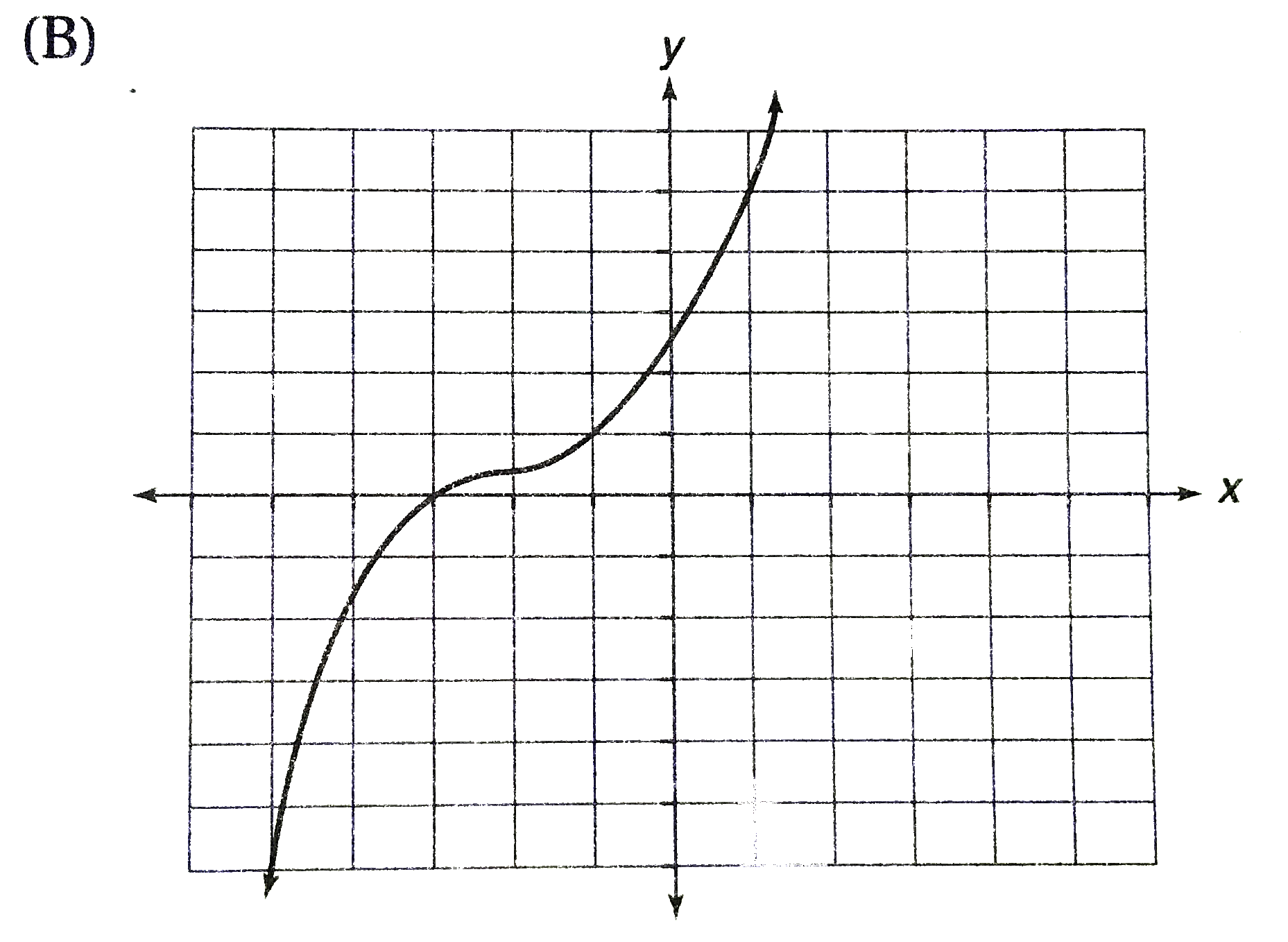 C
C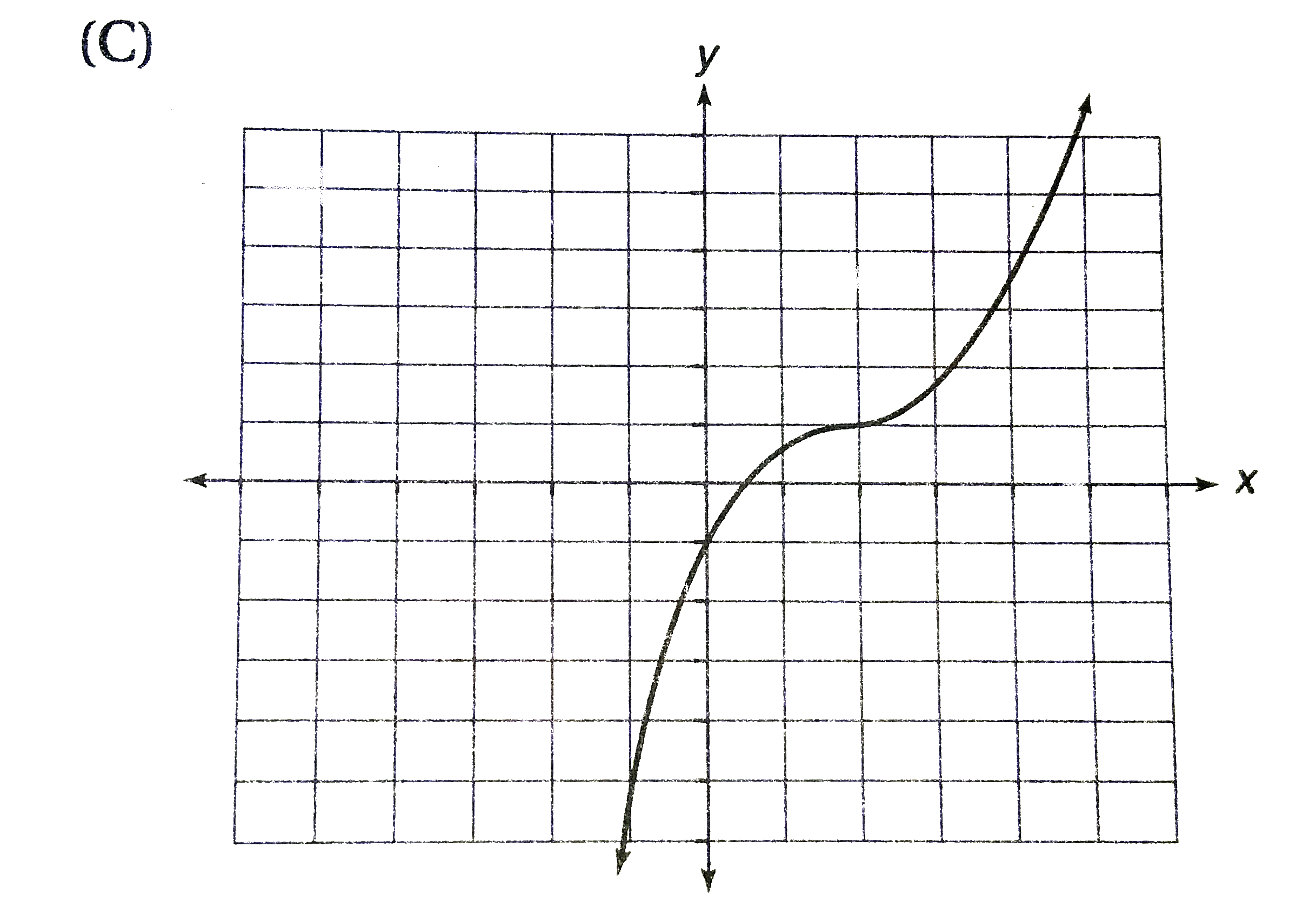 D
D
The graph of y=f(x) is given below
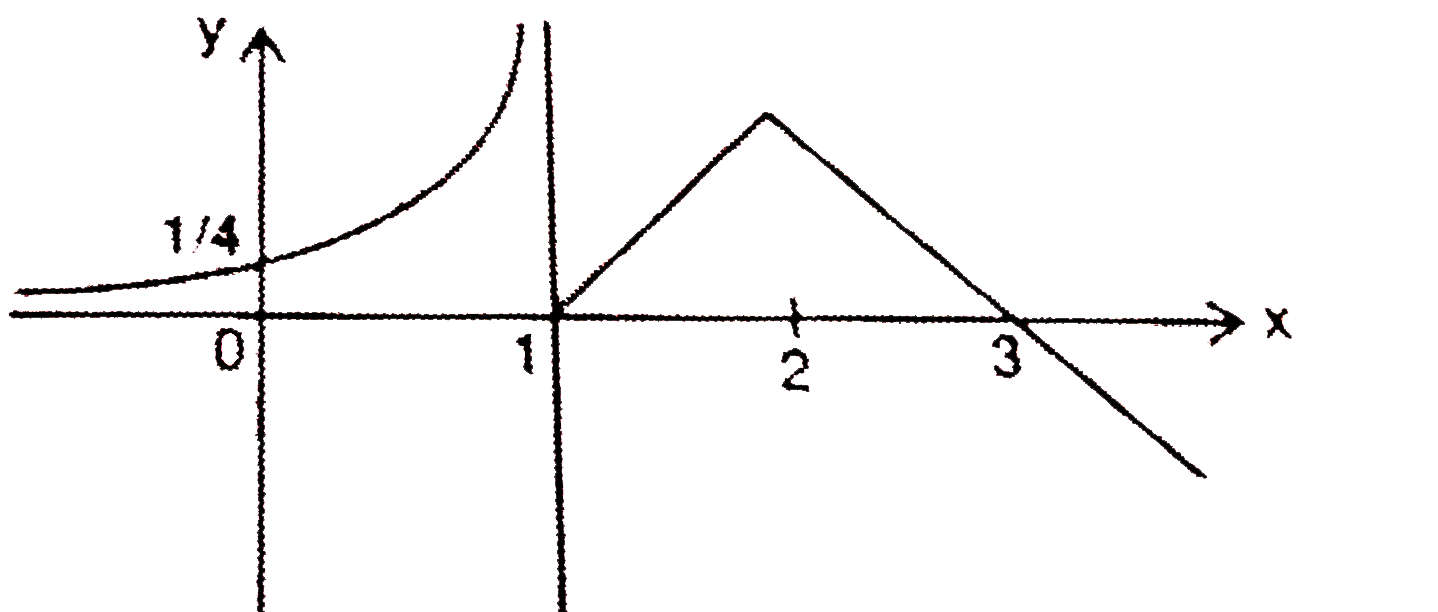
then the graph y=|f(|x|)| is :
View SolutionIn a series LCR circuit, impedance Z is same at two frequencies f1 and f2. Therefore, the resonant frequency of this circuit is
View Solution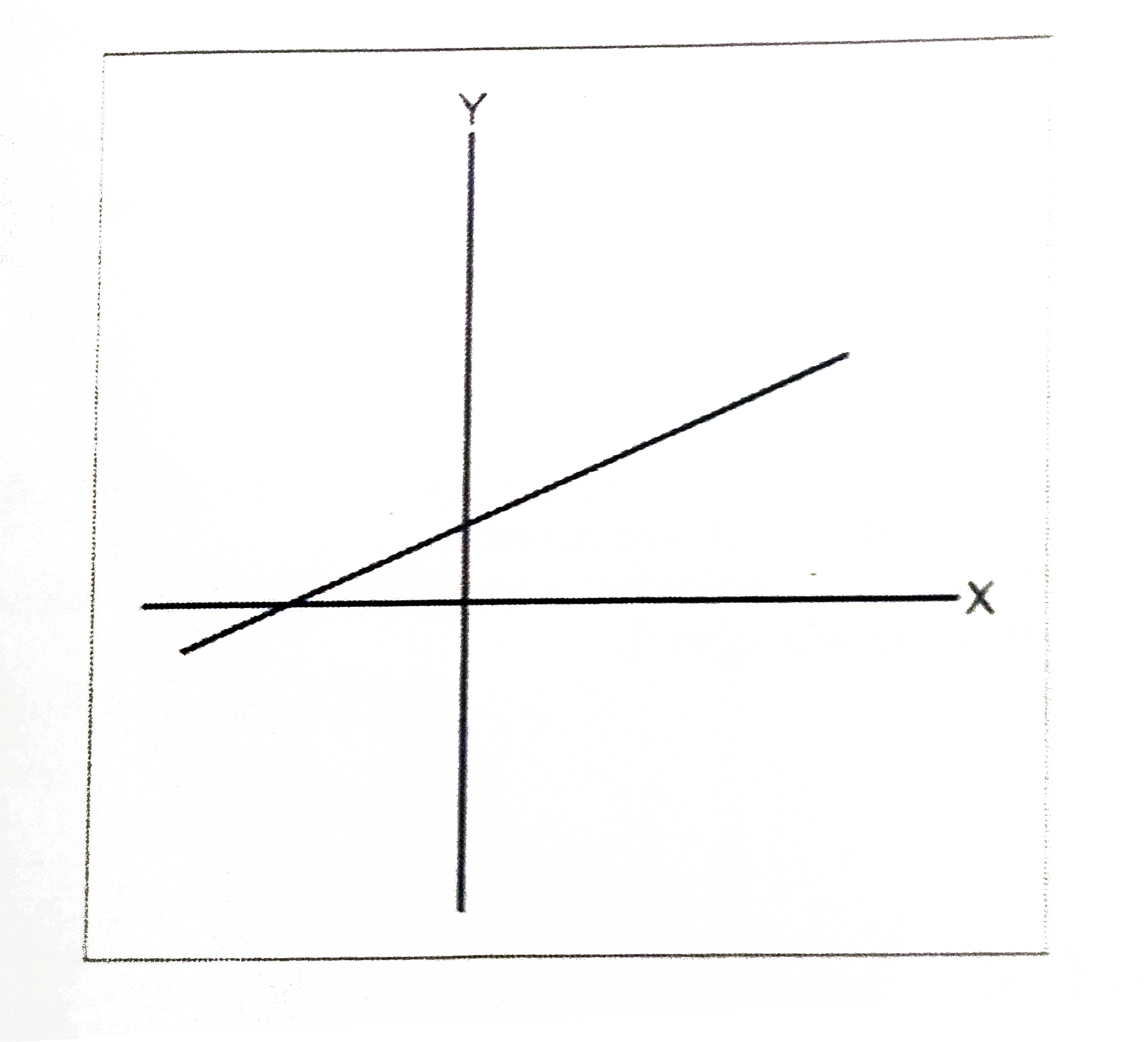
The graph below depicts the straight line y=x2+3. If the line is reflected about the X axis and the equation of the new lines is y=mx+n, what is the value of |m+n| ?
View SolutionThe force of a particle of mass 1 kg is depends on displacement as F = —4x then the frequency of S.H.M. is
View SolutionIf the product of two whole numbers is 1, can we say that one or both of them will be 1? Justify through examples.
View SolutionObserve the graph given below and answer the following questions:
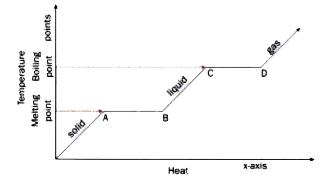
At two places, the graph is parallel to the x-axis. What does this mean?
View SolutionDraw and discuss the graph of the function f(x)=e1/x
View Solution

